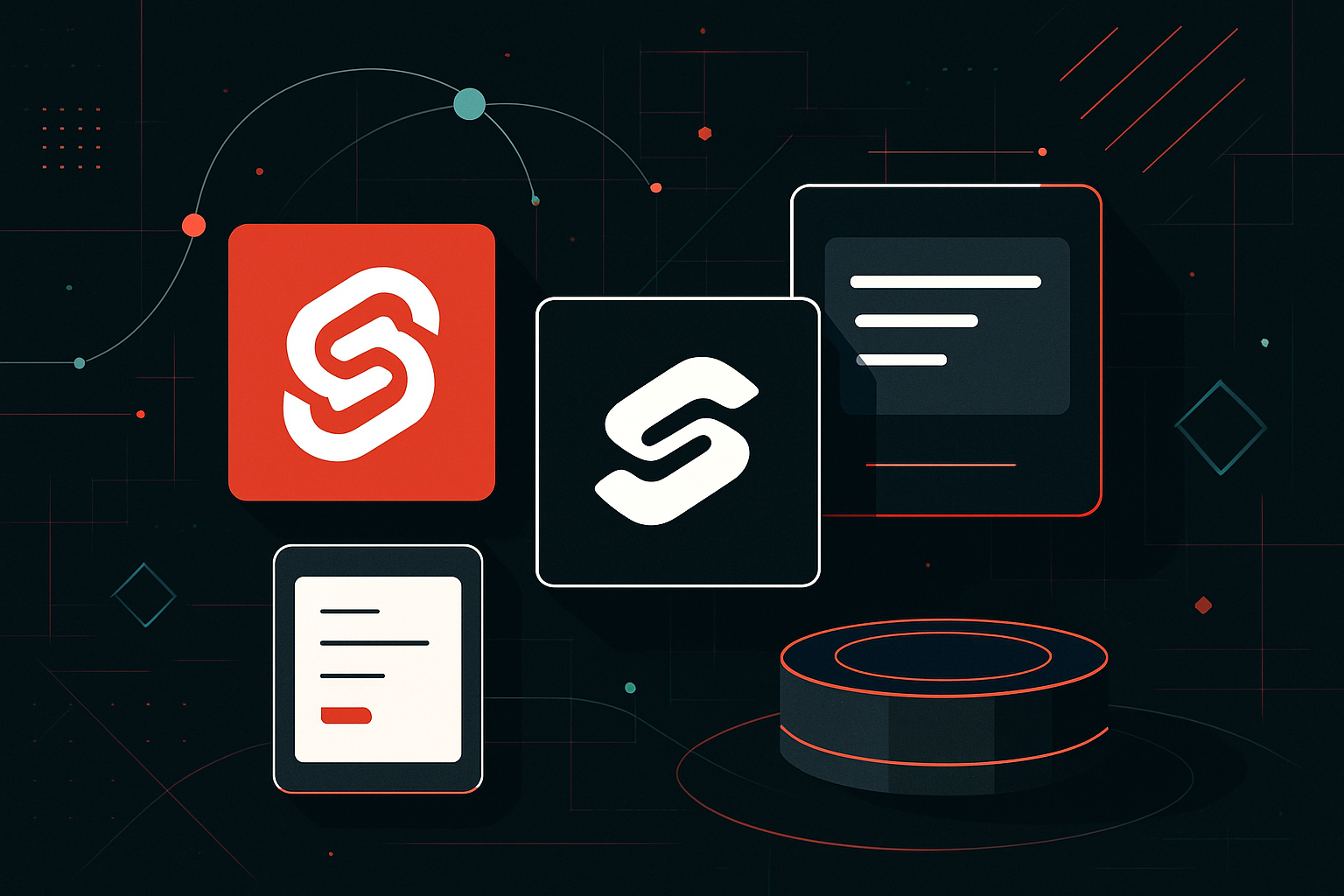Edge Computing: Revolutionizing Data Processing

Understanding Edge Computing
Edge computing is transforming how data is processed, stored, and analyzed by moving these tasks closer to the data source. This approach minimizes latency, reduces bandwidth usage, and enhances data security, making it a game-changer in industries requiring real-time processing.
Technical Overview
Edge computing involves deploying computing resources at or near the data source. These resources could be sensors, IoT devices, or local servers. The architecture typically includes:
- Edge Devices: These are the initial data collectors, such as sensors or cameras.
- Edge Nodes: Local servers or mini data centers that process data from edge devices.
- Cloud Integration: Centralized cloud systems for broader analytics and long-term storage.
Key Components
- Edge Devices: Responsible for data collection and initial processing.
- Edge Gateways: Provide connectivity and additional processing power.
- Edge Analytics: Real-time data analysis performed at the edge to make decisions quickly.
Benefits of Edge Computing
-
Reduced Latency: By processing data closer to the source, edge computing significantly reduces the time it takes for data to travel, which is crucial for applications like autonomous vehicles and industrial automation.
-
Bandwidth Optimization: Only essential data is sent to the cloud, reducing bandwidth usage and costs.
-
Enhanced Security: With data processed locally, there is less transmission over networks, which reduces exposure to potential cyber threats.
-
Reliability: Local processing ensures that applications can still function even if the cloud connection is lost.
Practical Applications
Industrial IoT
In manufacturing, edge computing enables predictive maintenance by analyzing data from machinery in real-time. This prevents downtime and reduces maintenance costs.
# Example of IoT Edge Processing Workflow
import edge_device
def process_sensor_data(sensor_data):
# Simulate data processing at the edge
processed_data = edge_device.analyze(sensor_data)
return processed_data
sensor_data = edge_device.collect_data()
processed_data = process_sensor_data(sensor_data)
Autonomous Vehicles
Edge computing is critical for self-driving cars, where decisions must be made in milliseconds. Data from sensors is processed locally to ensure quick responses to driving conditions.
Smart Cities
In smart cities, edge computing supports applications like traffic management by processing data from traffic cameras and sensors to optimize flow and reduce congestion.
Edge vs. Cloud: A Comparative Analysis
| Aspect | Edge Computing | Cloud Computing |
|---|---|---|
| Latency | Low (milliseconds) | Higher (due to distance from source) |
| Bandwidth Usage | Optimized (process locally, send minimal) | Higher (all data sent to cloud) |
| Security | Enhanced (local processing) | Vulnerable (more data transmission) |
| Scalability | Limited (depends on local resources) | High (virtually unlimited resources) |
| Cost | Lower (reduced data transfer costs) | Potentially higher (depends on usage) |
Implementing Edge Computing: A Step-by-Step Guide
-
Identify Use Cases: Determine which applications would benefit most from reduced latency and local processing.
-
Select Edge Devices: Choose appropriate hardware capable of processing the required data types.
-
Design Edge Architecture: Plan the network of devices, nodes, and gateways, ensuring robust connectivity and failover strategies.
-
Develop Edge Software: Write software capable of real-time data processing and decision-making.
-
Integrate with Cloud: Ensure seamless data transfer to the cloud for further analysis and storage.
-
Monitor and Optimize: Continuously monitor the edge network for performance and make adjustments to optimize efficiency.
Code Example: Edge Data Analysis
Here’s a basic example of how edge computing can be implemented in Python for data analysis:
class EdgeNode:
def __init__(self):
self.data_storage = []
def collect_data(self, sensor):
data = sensor.read()
self.data_storage.append(data)
return data
def process_data(self):
# Process data locally
results = [self.analyze(d) for d in self.data_storage]
return results
def analyze(self, data):
# Simulated analysis
return data * 0.9 # Example computation
# Example usage
edge_node = EdgeNode()
sensor_data = [100, 200, 150, 300] # Simulated sensor data
for data in sensor_data:
edge_node.collect_data(data)
results = edge_node.process_data()
print(results)
This code snippet demonstrates a simplified edge node that collects and processes sensor data locally, illustrating the potential for edge computing to enhance data processing efficiency.
Challenges and Considerations
- Resource Constraints: Edge devices often have limited processing power and storage, necessitating efficient software design.
- Network Connectivity: Ensuring reliable connectivity between devices and gateways is crucial for optimal performance.
- Security Risks: While edge computing can enhance security, it also presents new challenges in securing distributed networks.
Future Trends
- AI at the Edge: Integrating AI into edge devices for enhanced data analysis and decision-making.
- 5G Integration: Leveraging 5G networks to improve connectivity and data transfer rates.
- Edge Containers: Using container technologies to deploy applications across edge devices for greater flexibility and scalability.





0 thoughts on “Edge Computing: Revolutionizing Data Processing”